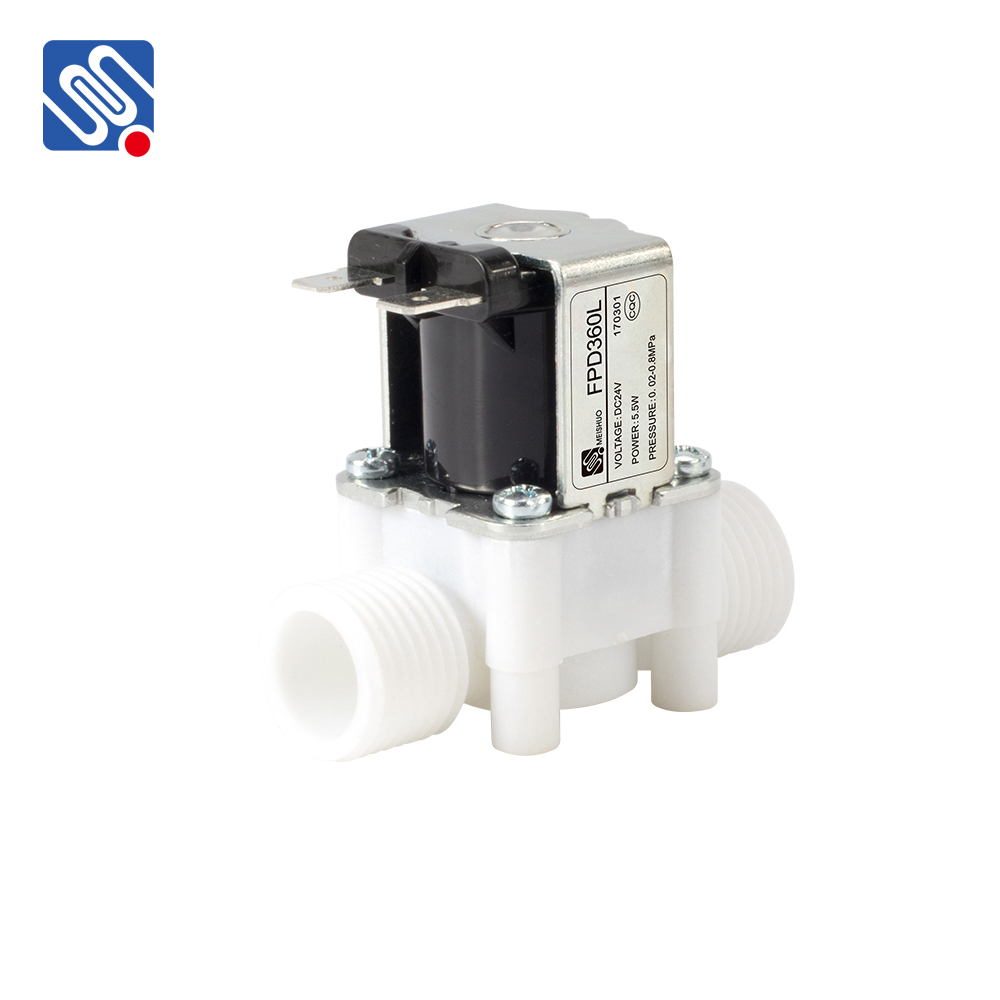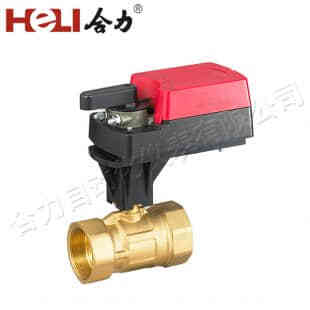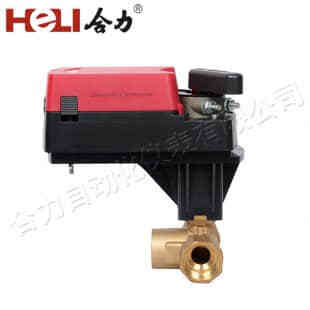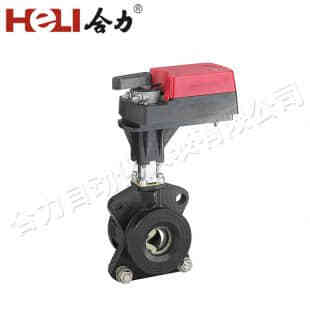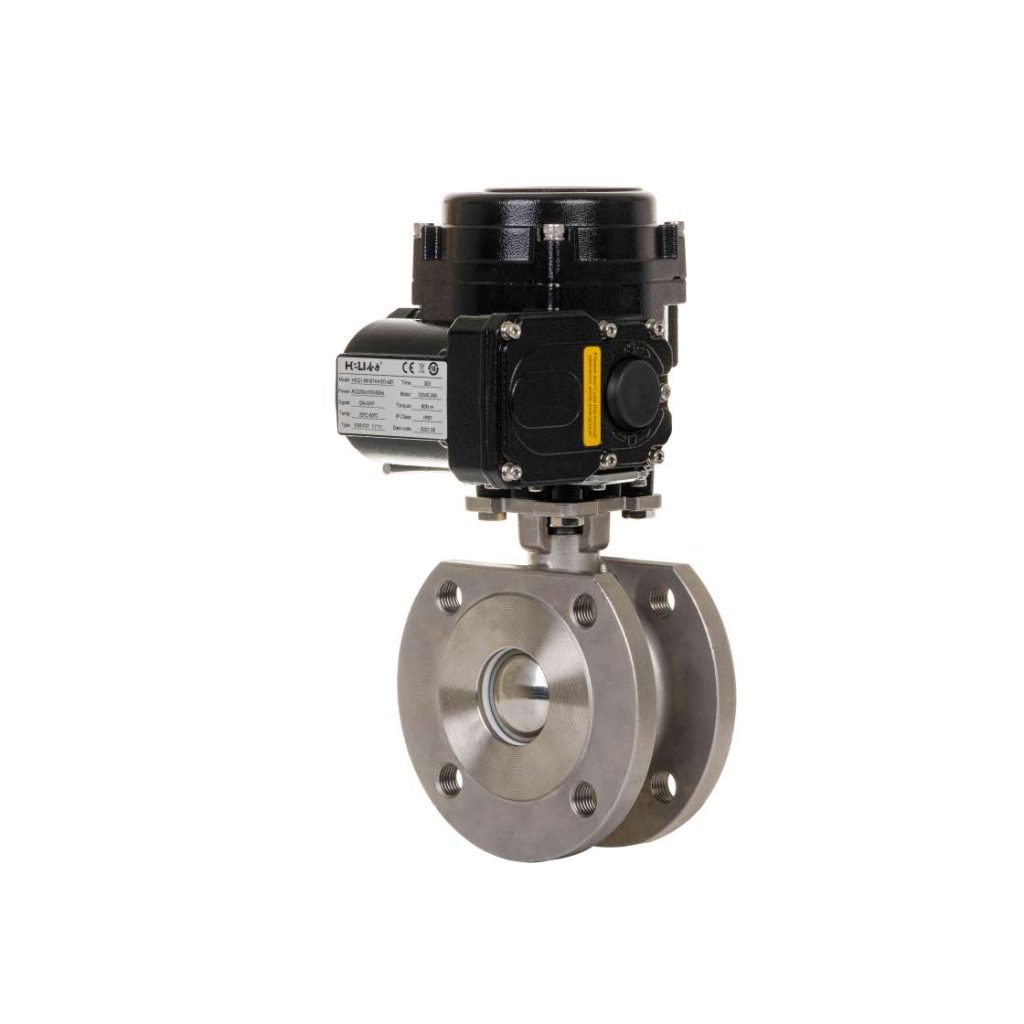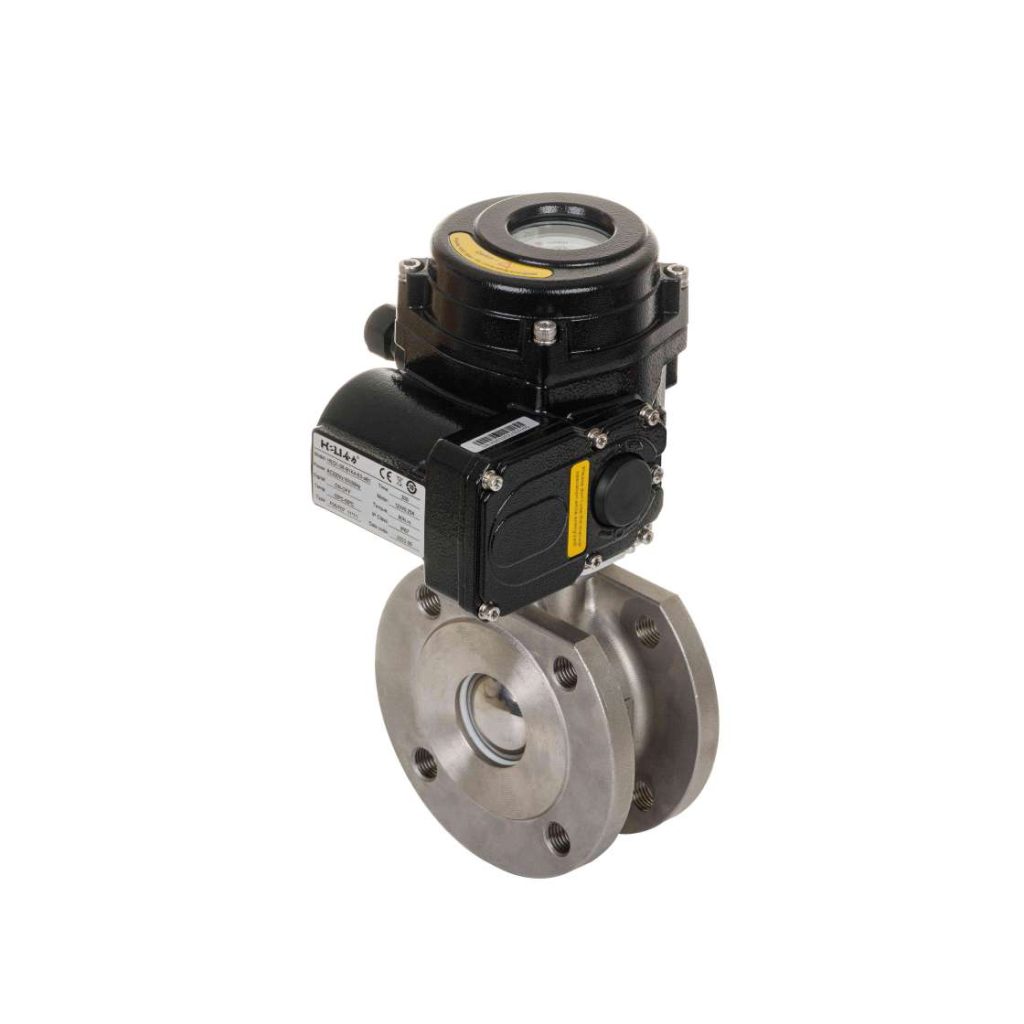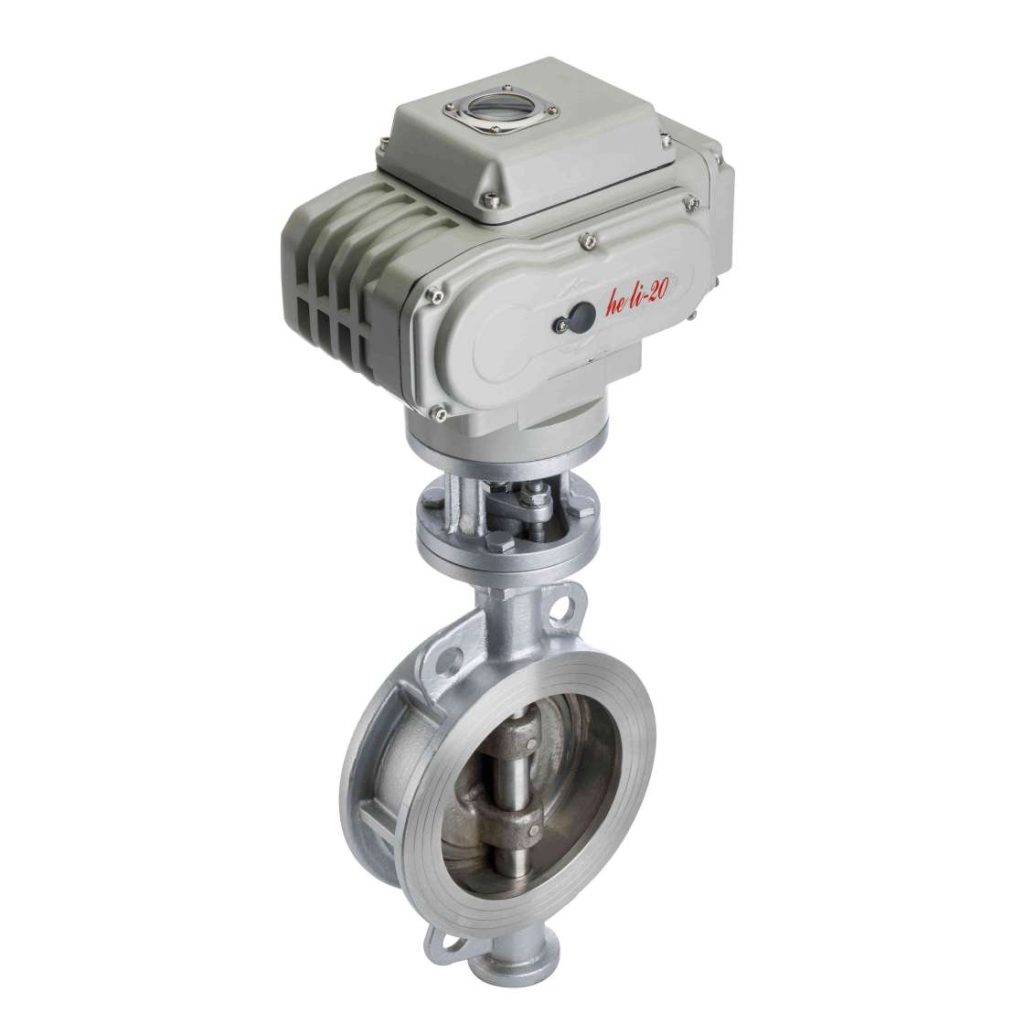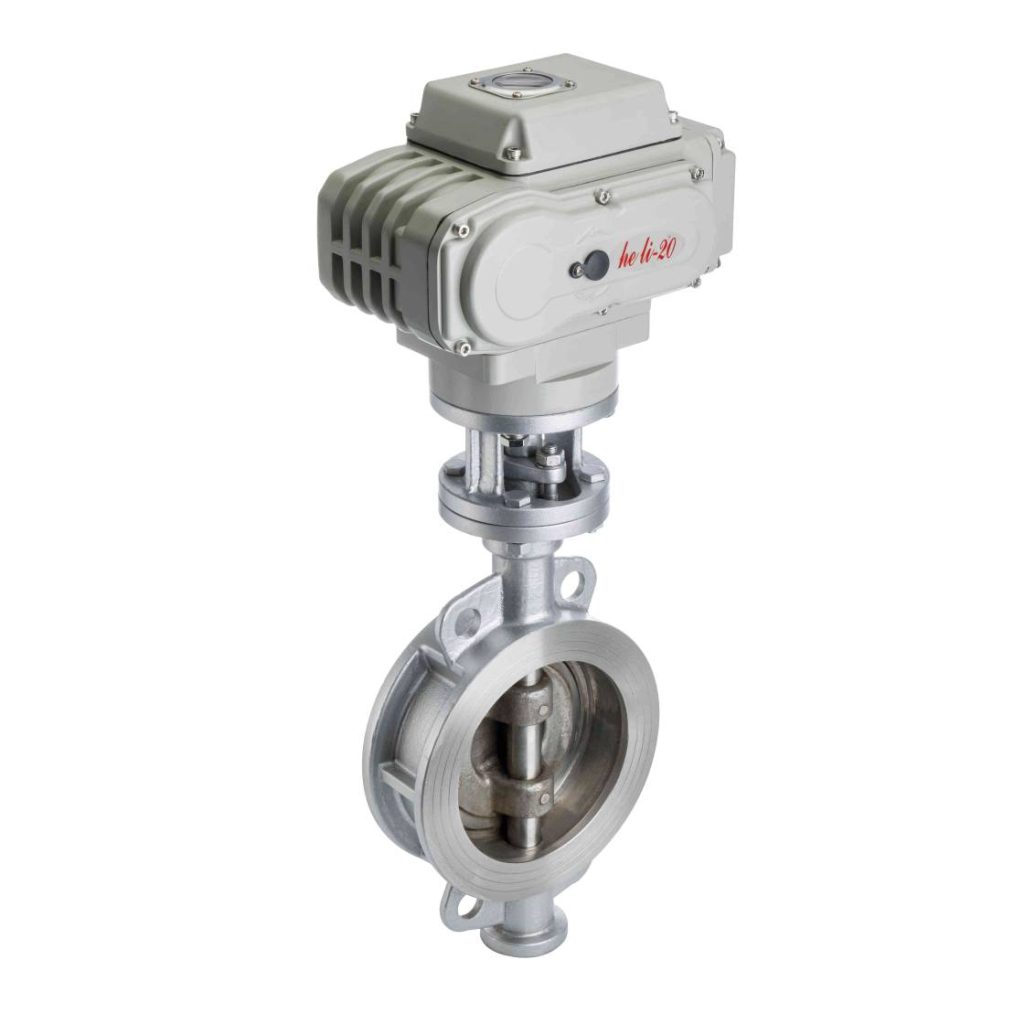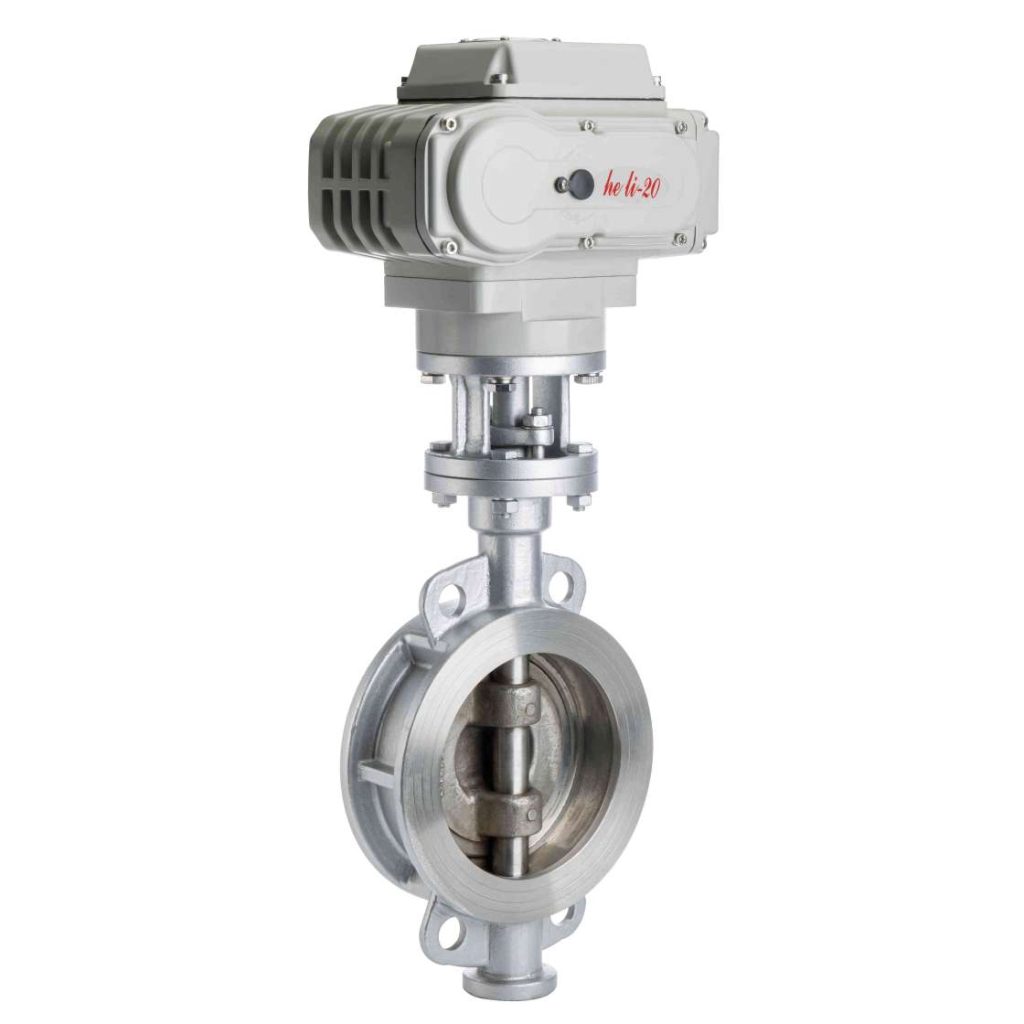Power relays are critical components in electrical systems, ensuring that circuits operate reliably and maintain a safe level of current. However, one of the significant challenges associated with power relays is contact welding, which can lead to system failures, equipment damage, or even safety hazards. This article explores the issue of contact welding in power relays and provides various solutions designed to prevent and mitigate this problem.

Understanding Contact Welding Contact welding occurs when the electrical contacts within a relay become stuck together due to excessive heat generated by high currents or voltage spikes. This phenomenon results in a short circuit that can compromise the functioning of the relay and the overall electrical system. Various factors contribute to contact welding, including the materials used for contacts, the type of load the relay is switching, and environmental conditions such as temperature and humidity. Material Selection One of the most effective ways to combat contact welding is through careful selection of materials. High-quality materials such as silver alloys or gold plating are often utilized for electrical contacts. These materials not only offer excellent conductivity but also exhibit superior resistance to wear and corrosion. By employing these advanced materials, manufacturers can significantly reduce the likelihood of welding, extending the longevity and reliability of power relays.
